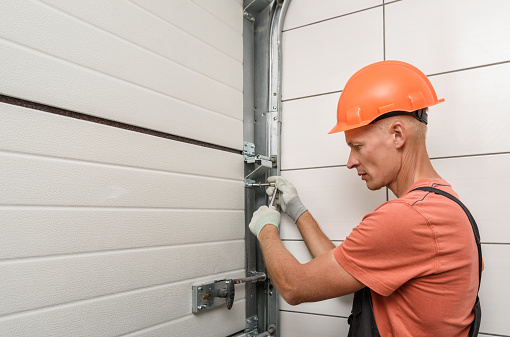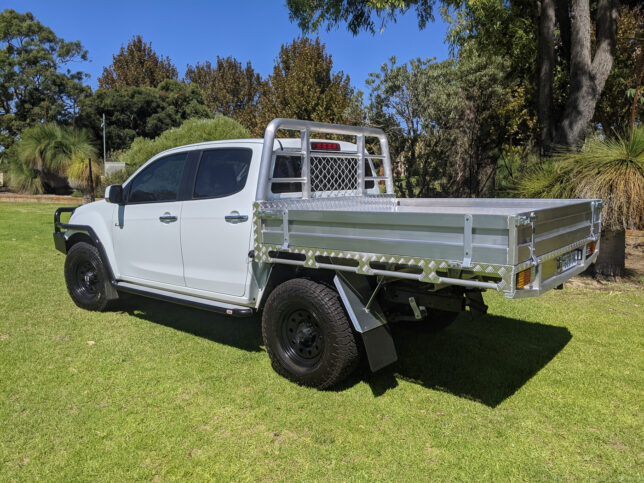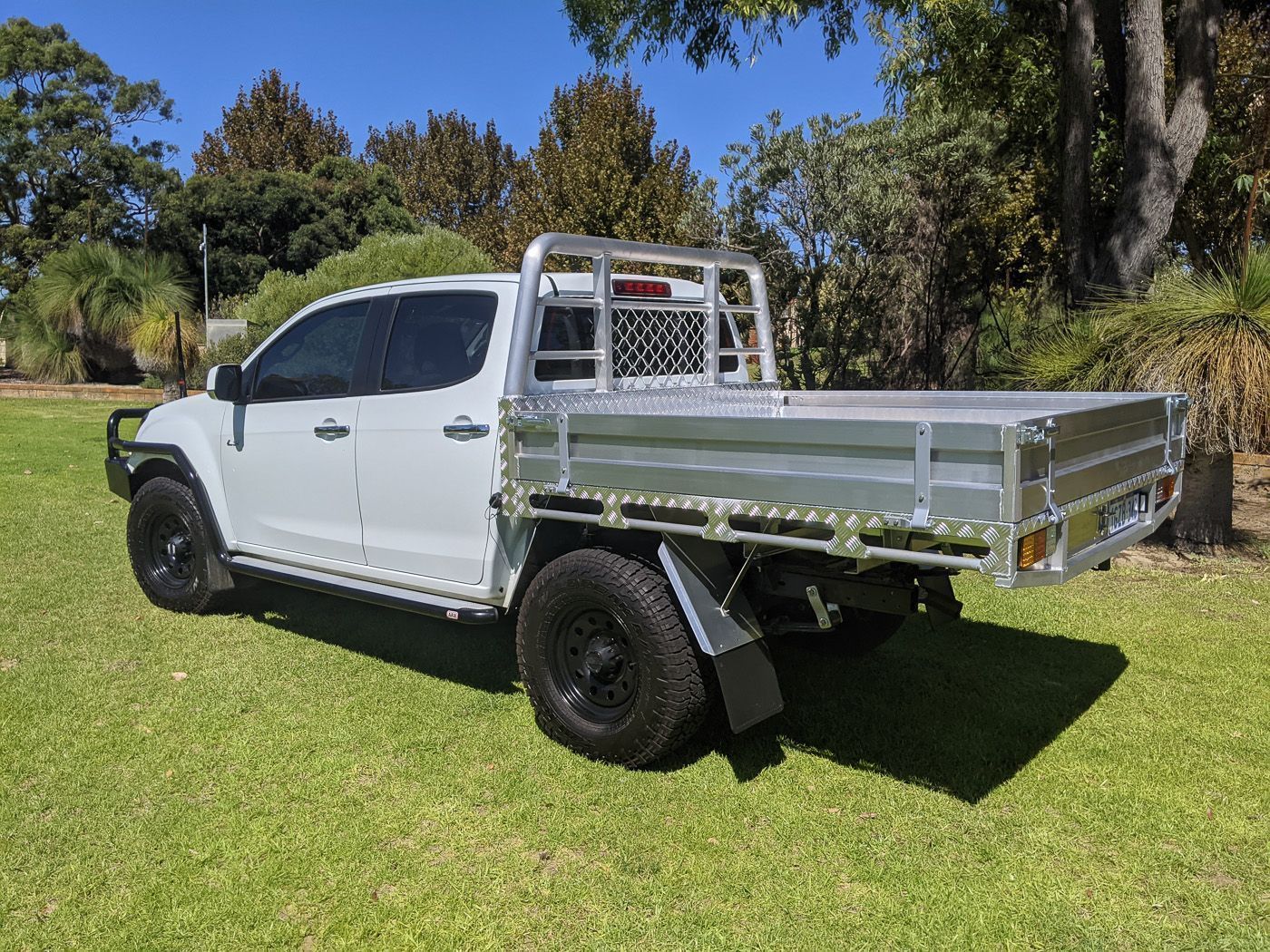
Many brands are being operated across the country as people shop from the stores and buy the garments that are chosen by them. A garment shop should be picture perfect as the most important thing that matters is having a prodigious display of the garments. When the garments are not stacked or displayed properly they lose their beauty. The main reason why the owners prefer clothes storage stands and hanging equipment is that they are very useful in professional life. Being a garment shop owner it is a very hard task to monitor everything well because of the display the people shop for the attire and a proper displaying unit should be the foremost priority of every shop owner. The stands that are a part of the garment shop not only bring beauty to the atmosphere due to beautiful designs but people can keep clothes, shoes and other accessories on these stands. Anything that is displayed on the stands achieves in getting the attraction of consumers. Things become easily highlighted because of being displayed on stands and having a perfect reflection of light enhances the desirability. The two way garment stands are capable of displaying different garments in one place as these stands can carry many dresses at one time. For any consumer, properly displayed garments are the priority as it makes the selection easier. For the winter people keep things well displayed with the help of the coat racks as they can keep the coats well displayed.
Bring stands with different dimensions for beauty
Every store is well managed and only a few garment stores succeed in maintaining the level of perfection. A majority of people do not care about aesthetics and as a result, they have to face fewer sales. People who want to enhance the level of attractiveness in their store should focus on buying stands of different sizes and shapes. By having unique stands in the stores the garments will be displayed like masterpieces. Beautiful clothes storage stands are not only pretty but also will give an artistic touch to the garments store.
A great tool for visual display
Many things may influence professional life and one rule that makes a garment business successful is having a good display. Garments that are displayed well are the apple of the eye as the consumers want to get their hands on the displayed dress. This is a great strategy to display the garments on stands as they will be the priority of every third consumer. Different kinds of stands increase the visual appeal as people want to buy garments that are in a spotlight and displayed beautifully. Another benefit of using these stands is that the sellers can display different colours in one stand so the people can choose from the variety of exotic colours which are already displayed without wasting time. The coat racks in the stores will help in displaying beautiful and luxurious coats that will spellbind the consumer.
















